Accordingly, Ardales Cave, an important prehistoric site in the city of Ardales in the Andalusia region of Spain, is located on a mountain called Cerro de la Calinoria, at an altitude of 565 m above sea level, and about 50 km north of the Mediterranean coast. Photo: @University of Cádiz.
The cave was first discovered in 1821 after an earthquake exposed its entrance, with subsequent archaeological research finding Neanderthal artwork dating back 66,000 years, and Neolithic funerary remains dating back 5,000 years. Photo: @Visit Costa del Sol.
Neanderthals entered the cave more than 66,000 years ago and left traces of symbolic activities on the cave walls, after which the cave was visited repeatedly by Homo sapiens until the Late Neolithic/Bronze Age. Photo: @ Earth.
Ardales Cave contains more than 1,000 paintings and engravings found on various surfaces including walls, cave ceilings, reefs, stalactites and collapsed rocks. Photo: @ SciTechDaily.
Archaeological teams have also found human remains over the years, suggesting that the cave was used by ancient humans to bury their dead in the early Neolithic period. Photo: @ Visit Costa del Sol.
Ochre lumps, used for painting and sometimes as a ritual material throughout prehistory, as well as drilled animal teeth, have also been found in the cave. Photo: @ BuzzFeed News.
Not only that, recently, archaeologists from the University of Cádiz in collaboration with the Neanderthal Museum in Colonia, University of Colonia, excavated a separate stratified area in this cave. Photo: @University of Cádiz.
As a result, they found 13 seashells dating from 25,000 to 30,000 years ago in the cave floor. Photo: @University of Cádiz.
The archaeologists believe that Paleolithic people who lived in this cave used sea shells to decorate their bodies. Photo: @University of Cádiz.
The shells were crafted into pendants as body ornaments. It is worth noting that these shells are not available locally, they can be transported from the coast up to 50 km away from the Ardales cave. Photo: @University of Cádiz.
Another notable finding, noted Professor Juan Jesús Cantillo of the University of Cádiz, is the presence in the cave of a vermetid shell, a type of tubular snail that is uncommon in the Spanish paleontological record. Photo: @University of Cádiz.
“It is unusual to find 13 marine shell remains in a cave so far inland from the coast and of such ancient date. And the cave has great prehistoric significance, marking it as an important and valuable archaeological site for studying the history of humanity in Europe,” added Professor Juan Jesús Cantillo. Photo: @University of Cádiz.
Dear Readers, please watch the video : "Opening" the 3,000-year-old mummy of an Egyptian Pharaoh: "Shocking" real appearance and earth-shattering secrets. Video source: @VGT TV - Life.
(According to heritagedaily/arkeonews)
Source: https://khoahocdoisong.vn/phat-hien-chan-dong-to-tien-dung-vo-so-lam-trang-suc-co-xua-post1546431.html



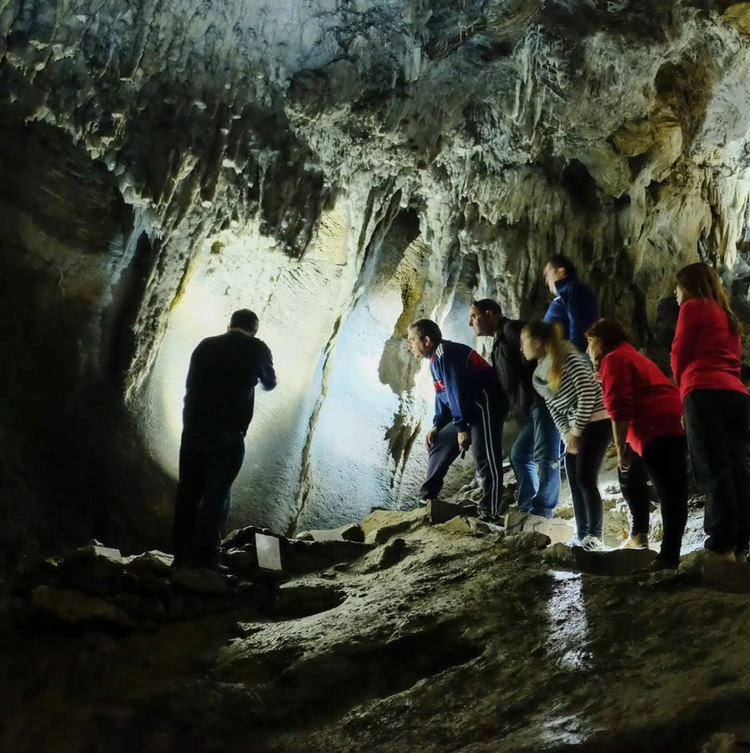

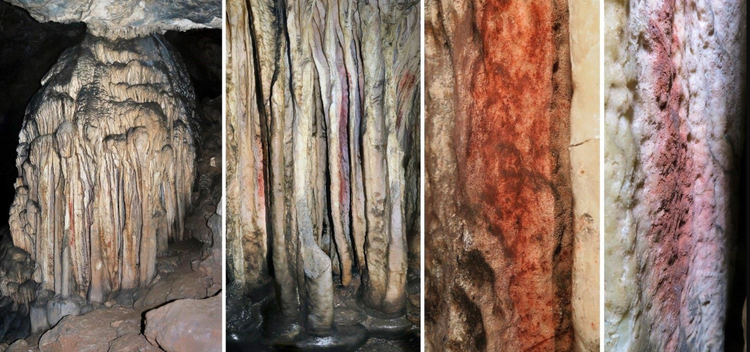
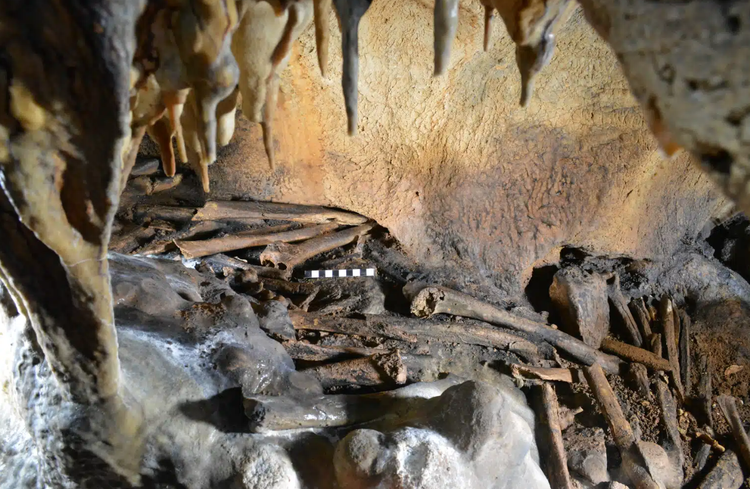
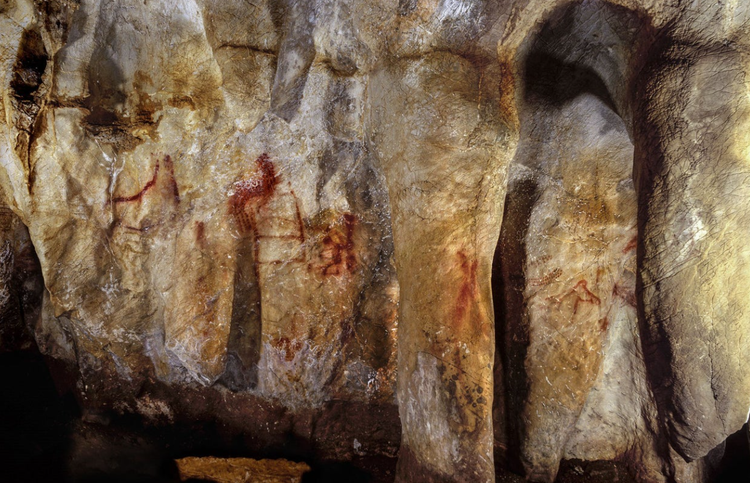
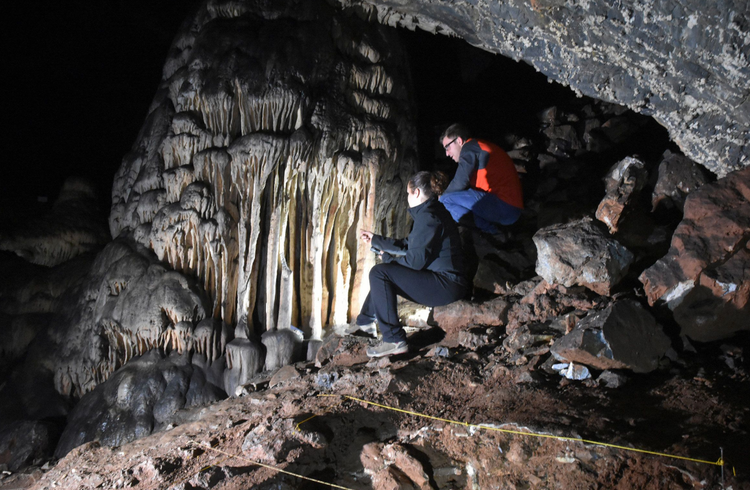

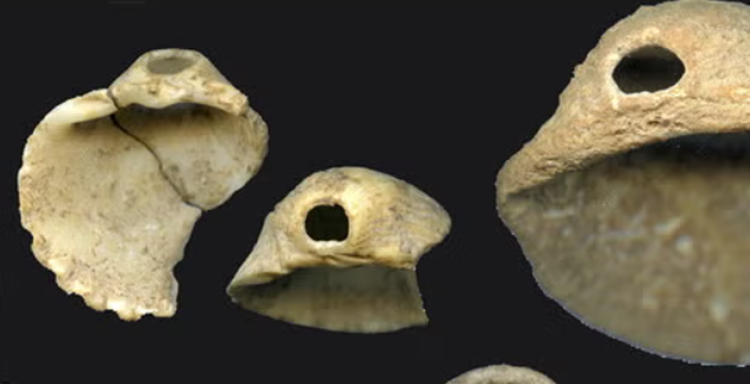
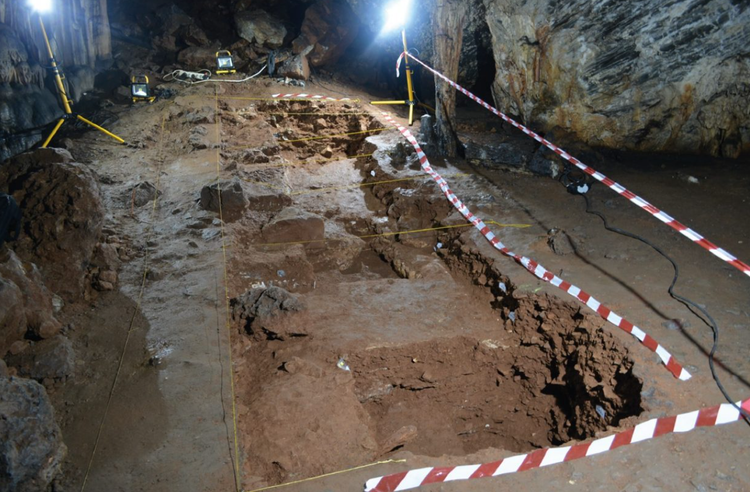
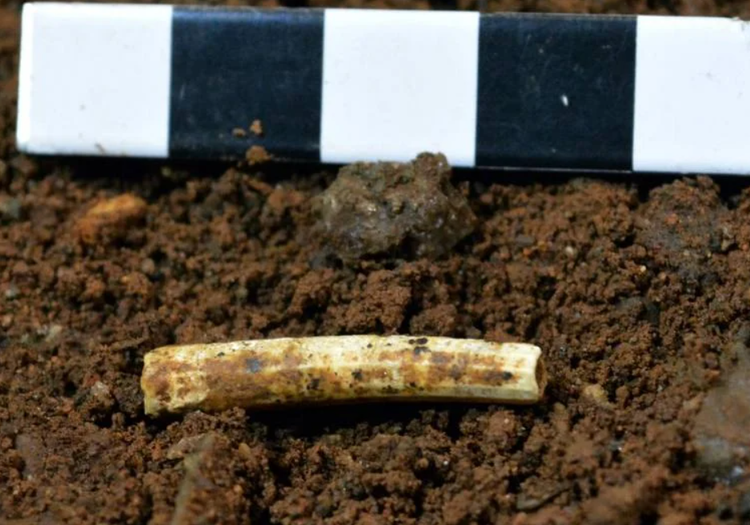
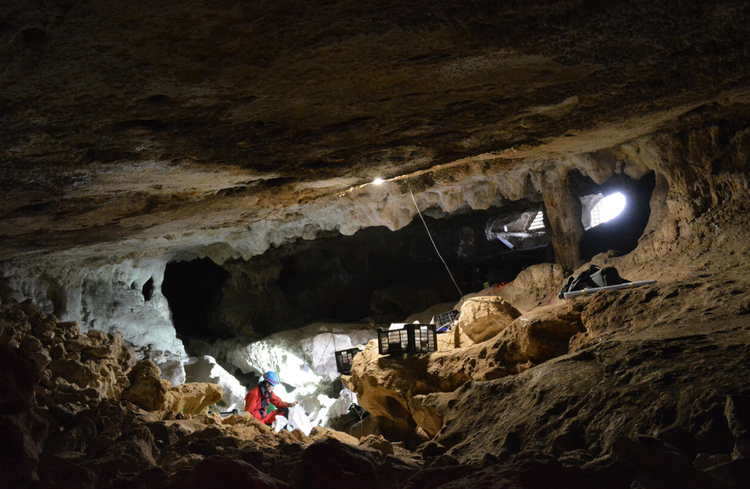

![[Photo] General Secretary To Lam works with Lam Dong, Binh Thuan and Dak Nong provinces](https://vphoto.vietnam.vn/thumb/1200x675/vietnam/resource/IMAGE/2025/6/11/c3e736d90cda4fe78f96c9bfb68d4e0b)



![[Photo] Third session of the Committee for Drafting Amendments and Supplements to a Number of Articles of the 2013 Constitution](https://vphoto.vietnam.vn/thumb/1200x675/vietnam/resource/IMAGE/2025/6/11/16cab51dafc741719485978eb3ed8ce3)





















































































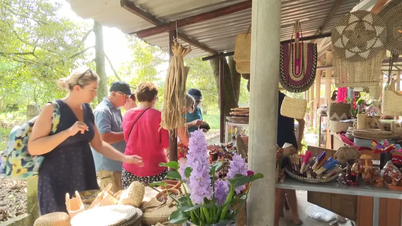






Comment (0)